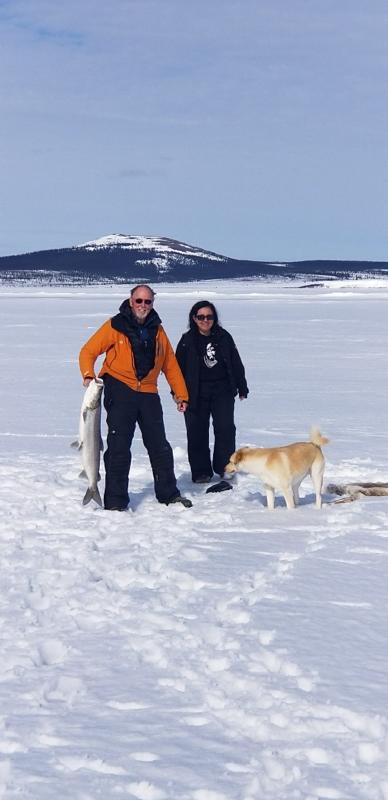Background/Objectives
The Arctic is experiencing dramatic and accelerating impacts of a changing climate. Acknowledgement and inclusion of Indigenous people is critically important to help guide the path forward. The health of the planet and its people will need both Indigenous wisdom and 21st-century technology to ensure the next 500 generations have a home here. Only through a holistic approach can we create healthy, thriving, sustainable communities. By working together, all peoples with a deep commitment to our beautiful planet, waters and each other have the creative talent to contribute to a healthy future. Alaskans have been involved for decades in addressing the pressing demand for new housing to replace aging stock. These aging structures have led to severe overcrowding, unhealthy, costly and inefficient buildings for underserved communities in Alaska. This is not only a problem in Alaska but is a problem globally.
Approach/Activities
The building science work in Alaska over the last four decades has improved the performance of buildings exponentially, with demonstration homes reducing energy costs by 80% on average and healthier occupants. Out of necessity, the First Alaskans created efficient and healthy shelter for thousands of years, but since the arrival of Europeans, there has been a dramatic negative change in how structures were built. The arctic and subarctic are now dealing with the legacy and burden of the poor building technolgy brought here historically. The circumpolar regions have some of the most challenging environments on Earth. Adaptability and resiliency have always been a necessity for human survival. Fortunately, building envelopes, mechanical systems, renewable energy and effective foundation approaches have been researched, developed, and broadly applied in all regions of the state. This work has been informed by well developed relationships with local populations and other building professionals. The effort of this work is ongoing and dynamic.
Results/Lessons Learned
NREL's Alaska Campus has worked in close partnersip with many Indigenous Tribes of Alaska and Northern Canada. Our successes have been led by those relationships, the leadership and the intimate connection the First Alaskans have with the environment that is their home. At this pivotal time of climate change and limited resources, we need Indigenous values to guide us forward. It is a collective effort where mutual respect and coordination across cultures and disciplines is needed. Great advances have been made in the built environment over the years with this approach, but continuing to incorporate developing technolgies in construction, land development, energy infrasture, water and wastewater systems is a necessity. These principles are being well demonstrated in the Far North. What we learn here is being shared broadly to the nation and the globe.
